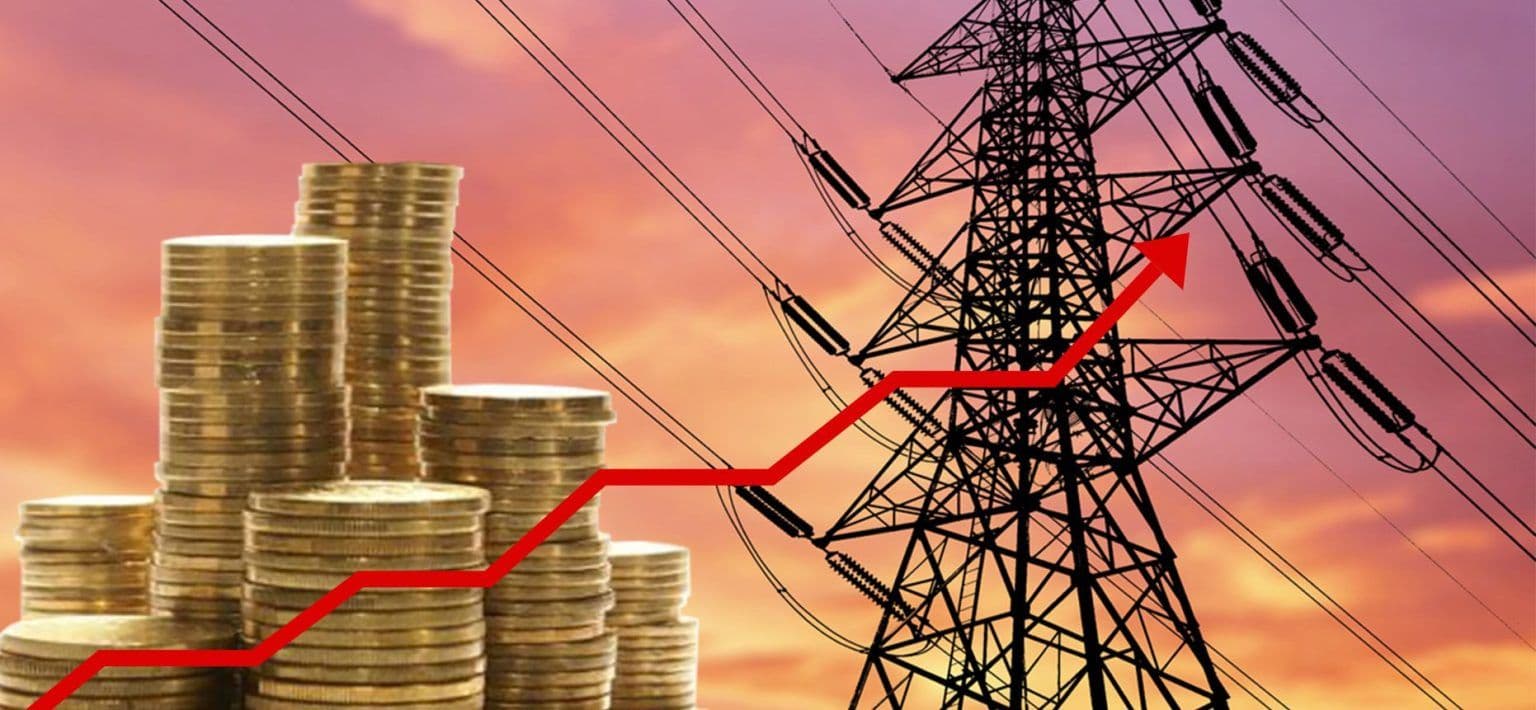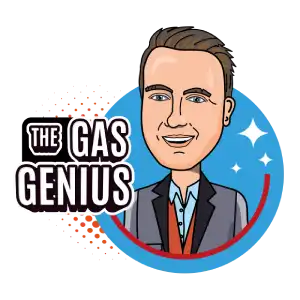Eskom Electricity vs. LPG Gas in South Africa (2005–2025)

Submitted: Thursday, May 1st, 2025
Original Article: Link
Eskom Electricity vs. LPG Gas in South Africa (2005–2025)
Over the past two decades, South African households and businesses have faced significant increases in energy costs, particularly from Eskom’s electricity tariffs. In contrast, Liquefied Petroleum Gas (LPG) has emerged as a more stable and cost-effective alternative, offering both financial and practical benefits. This article examines the price trends of Eskom electricity and LPG gas from 2005 to 2025, highlighting why LPG is becoming an increasingly attractive energy solution.
Eskom Electricity: A History of Steep Price Hikes (continuous exponential growth)
Eskom’s electricity prices have risen dramatically over the last 20 years, driven by mismanagement, infrastructure failures, and reliance on costly coal-fired power plants. Key trends include:
- 2005–2010: Prices increased by an average of 8% per year due to rising operational costs.
- 2010–2015: Tariffs surged by over 16% annually as Eskom struggled with debt and maintenance backlogs.
- 2015–2020: Further hikes of 10–15% per year were implemented to fund new power plants like Medupi and Kusile.
- 2020–2025: Load shedding and inefficiencies pushed prices up by another 12–18% per year, making electricity increasingly unaffordable.
By 2025, Eskom’s tariffs are expected to be over 1000% higher than in 2005, placing a heavy burden on consumers.
LPG Gas: A More Stable and Affordable Alternative
Unlike Eskom’s volatile pricing, LPG gas has seen more moderate and predictable increases, making it a financially sound choice. Key trends include:
- 2005–2010: Prices rose by 3–5% annually, influenced by global oil markets but remaining stable locally.
- 2010–2015: Increases averaged 5–7% per year, still far below Eskom’s hikes.
- 2015–2020: Government incentives for cleaner energy helped keep LPG price growth at 4–6% annually.
- 2020–2025: With improved infrastructure and competition among suppliers, LPG prices have risen by only 3–5% per year.
By 2025, LPG prices are projected to be around 500% higher than in 2005—far less than Eskom’s increases.
Why LPG Gas is a Better Choice
- Cost Efficiency – LPG provides more energy per rand compared to electricity, especially for heating and cooking.
- Energy Independence – Unlike Eskom, LPG users are not affected by load shedding, ensuring uninterrupted supply.
- Environmentally Friendly – LPG burns cleaner than coal-based electricity, reducing carbon emissions.
- Versatility – LPG can be used for cooking, heating, water heating, and even vehicle fuel, offering multiple applications.
- Government Support – South Africa is promoting LPG as part of its energy diversification strategy, with tax incentives and subsidies.
Impact on Consumers and the Shift to Alternatives
- Low-Income Households: Many have switched to LPG or paraffin due to unaffordable electricity.
- Middle-Class Adaptations: Solar panels and gas stoves/ gas gesyers are increasingly common.
- Businesses: Industries face higher operational costs, pushing some toward off-grid solutions (solar for plugs/ TV/ fridges/ modem/ etc) and gas for (water) heating and cooking.
While Eskom’s electricity prices have skyrocketed over the past 20 years, LPG gas has remained a more stable, affordable, and reliable energy source. With its cost advantages, independence from the grid, and environmental benefits, LPG is an excellent alternative for South African households and businesses looking to reduce energy expenses and avoid Eskom’s inefficiencies.
As energy costs continue to rise, switching to LPG could be a smart long-term investment for a more sustainable and cost-effective future.

